Speed, as the saying goes, kills, but not always, especially for WooCommerce stores, where slow hosting speeds can be deadly to customer traffic. A lack of speed can also be fatal to the bottom line. In its Online Retail Performance Report, Akamai found, “A 100-millisecond delay in website load time can hurt conversion rates by 7%.” They also found a two-second delay in web page load time increases bounce rates by 103%. Conversely, increasing an “e-commerce website speed by just 0.1 seconds improved conversion rates by 8.4%,” says Adquadrant. So, a barely perceptible difference in time can lead to a substantial change in conversion rates. In terms of website e-commerce speed, every millisecond counts.
Speed is crucial to online shoppers as it significantly impacts their shopping experience. It can also play a vital role in building brand loyalty. Consumers are more likely to be loyal to a site with quick page loads; Tribes reports that 52% claim that a fast page load is essential for their website loyalty. On a macro level, speed affects search engine rankings, particularly on Google, which emphasizes the importance of speed for visibility and search ranking success. Every customer wants a high-octane shopping experience when buying something online. E-commerce purchases are often impulse buys. The longer someone has to wait for a webpage to load, the more likely their rational brain overrides their impulse buying desire.
WooCommerce sites improve their speed and performance by optimizing their product handling capabilities and selecting the right hosting solution. No one likes to wait for product pages to download. The longer the wait, the higher the chance a customer or potential customer moves onto a competitor’s website. Top WooCommerce stores stay fast under pressure by following the methodologies listed below.
Evaluating Your WooCommerce Store Performance
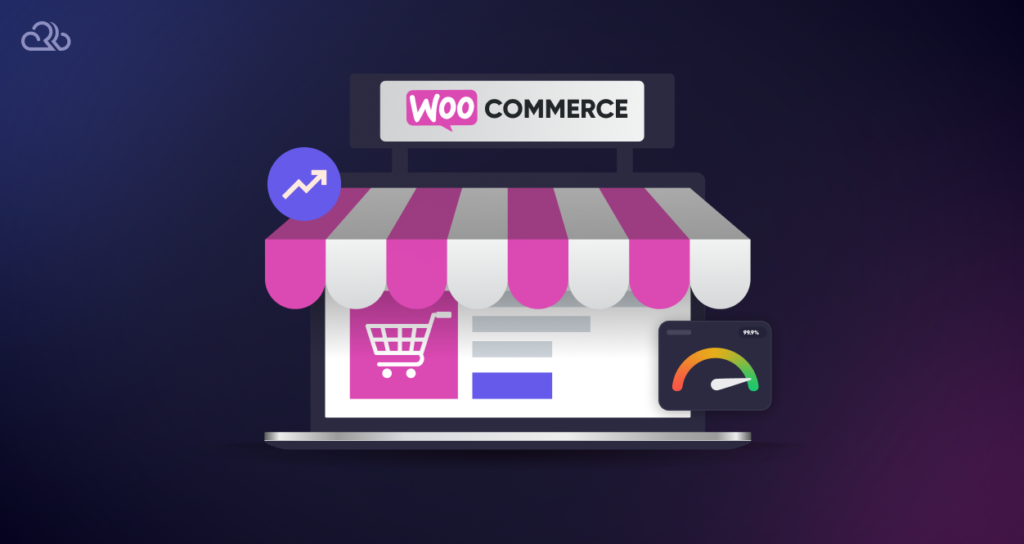
WooCommerce provides a set of metrics that track order count, average order value, product discounts, top-performing coupons, order status, and customer refunds. These metrics reveal a store’s performance, customer behavior, and any underlying marketing strategies that affect on-site customer behavior.
In addition to tracking all these metrics, users must monitor their store’s performance during high-traffic periods. Tools like New Relic and Google Analytics can reveal performance bottlenecks and highlight areas primed for improvement.
Data is the backbone of an e-commerce website. Optimizing a site’s database queries can improve performance, which enables full-page caching and site speed analysis. Above all else, selecting an exemplary hosting service is paramount. A fully managed WordPress hosting or specialized WooCommerce hosting service ensures a store’s foundations reside on capable servers that can scale as necessary. Plugins like WP-Optimize, which automate the data cleansing process, can ensure database optimization. Diminishing dependencies on external resources, such as scripts and style sheets, helps expedite load times and limits any potential surprises arising from data conflicts.
Strategic Infrastructure: Hosting & Technologies
WooCommerce sites improve their speed and performance by making smart hosting choices. These fall into two categories: general-purpose web hosting and WooCommerce-specific hosting. The former is suitable for most websites. However, online store owners must consider server performance for things like uptime, fast loading times, and the always-important search engine rankings.
Although many WordPress hosts provide WooCommerce-specific hosting, most only provide some WooCommerce-specific features. They also lack hosting performance and the ability to scale.
This inadequacy stems from the fact that most hosting solutions are traditionally engineered for simpler WordPress sites such as blogs or brochure sites, which can be fully cached to minimize server load and enhance speed—even on less capable servers.
Unlike these static sites, a WooCommerce store cannot cache all its pages due to the dynamic nature of shopping carts and user accounts. Implementing full-page caching could lead to serious issues like users seeing incorrect products in their carts or accessing others’ account details due to cached data. This highlights the need for a hosting environment designed specifically for dynamic sites that require robust performance to manage high traffic volumes and simultaneous transactions effectively.
For WooCommerce stores, it is crucial to choose a hosting platform that excels in handling high concurrency and provides optimized caching solutions tailored for e-commerce. Rapyd’s hosting service addresses these challenges with innovative technologies such as smart purge caching. Our system intelligently purges cached content, such as product pages when stock levels change—whether through customer transactions or updates in the admin dashboard.
Additionally, when a product page is purged, related categories and tag pages are automatically refreshed to ensure your site consistently displays up-to-date product information. This capability leverages LiteSpeed Cache’s advanced cache tagging system, which is available exclusively on LiteSpeed Enterprise servers—our server software of choice for Rapyd’s dynamic plans. This system significantly outperforms other plugins in maintaining the relevance and freshness of related content, offering your customers a seamless and up-to-date browsing experience.
Well-designed Tech Stacks Ensure Optimal Performance
Beyond hosting, a good tech stack that ensures optimal performance, tight security, and easy scalability should include the following:
- Web Hosting: a WooCommerce-specific hosting provider suitable for dynamic sites, should ensure your store has the resources and support for full eCommerce functionality.
- WordPress: the most recent version provides a strong foundation for WooCommerce.
- WooCommerce: WooCommerce provides the core eCommerce functionality for your store.
- PHP: A recent version of WordPress and WooCommerce server-side programming language will provide optimal performance and security.
- Database: A reliable database management system, such as MySQL, MariaDB, or Percona, will allow your site to store and manage its data.
- Caching: Implementing multiple levels of caching solutions will improve page load times, reduce server load, and help with load balance. But be careful not to fully cache your pages. Use
- Security: Websites should take vigilant cyber security measures, like using SSL certificates, setting up firewalls, and screening for malware.
- SEO: Customers must discover your site through search engines. Optimizing a site for search engines using SEO plugins improves visibility.
- Payment Gateways: Integrate reliable payment gateways to ensure secure and convenient payment options for your customers.
- Shipping Integration: Integrate reliable shipping providers to ensure accurate and efficient shipping options for your customers.
- Email marketing automation: Utilize email marketing tools to automate marketing campaigns and engage with customers.
Combining all these components into a well-designed tech stack will ensure WooCommerce sites improve their speed and performance, which should help them provide their customers with a seamless shopping experience.
Guides and Checklists
CRAZY FAST WooCommerce Sites Guide & Checklist contains relevant tips and tools that help you measure your site and server’s performance. The WordPress Performance Tester plugin evaluates your WordPress site’s performance by testing server response times and database operational efficiency. It will help you identify areas of potential improvement. The WordPress Hosting Benchmark tool evaluates the performance of your WordPress hosting environment. It conducts a series of tests to measure the response time and capacity of your server, providing insights into how well your hosting handles WordPress-specific tasks. The Grafana K6 tool simulates real-world website traffic scenarios and specific user behaviors, revealing whether the websites can function properly during traffic spikes.
These tools can uncover performance issues, helping top WooCommerce stores prepare for traffic spikes. They are well suited for dynamic WordPress sites because they provide a thorough evaluation of a site’s performance. One of the highest-performing managed WordPress Hosting services available is Rapyd’s hosting package.
Database Optimization for Peak Performance
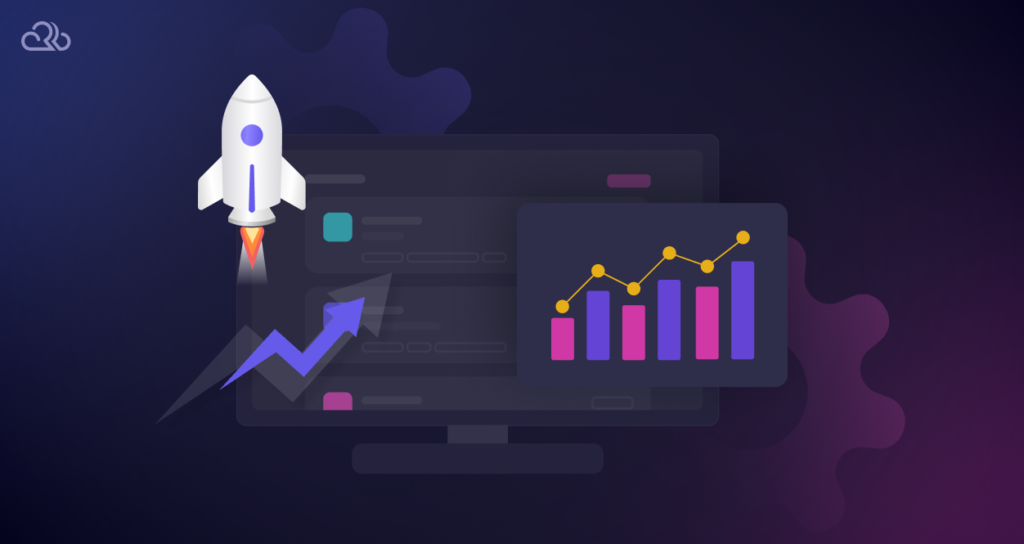
Optimizing a database for peak performance can be like a trip to the dentist, something unpleasant at the time but, ultimately, something necessary for long-term health. Although somewhat irritating at the time, that trip has the potential to pay big dividends down the line. So, it is with database optimization. To optimize for peak performance, users should:
- Rewrite complex queries to simplify logic and improve efficiency.
- Avoid N+1 query problems to minimize roundtrips to the database by using joins and batch fetching.
- Evaluate and rearrange the join order to enhance query performance.
- Employ index hints to guide the database engine in selecting appropriate indexes for queries.
- Store frequently run query results in memory to reduce processing overhead.
- Implement efficient locking mechanisms and adjust isolation levels to balance consistency and performance.
- Regularly monitor query performance metrics as well as analyze query plans, and then fine-tune based on collected data.
- Raise index efficiency to speed up data retrieval and reduce disk I/O operations.
- Analyze query patterns to uncover performance bottlenecks.
You significantly enhance a database’s performance by following these techniques during peak usage periods. They can go a long way to tackling the rising volume of transactions one can expect from growing websites.
Robust Caching Solutions
Caching is the process of temporarily storing frequently accessed data in computer memory. It reduces the time and resources necessary to access and process data, improving a system’s overall performance and efficiency. A copy of all the web page’s components, such as images, text descriptions, or even code scripts, will be stored in the cache. When users browse a webpage they’ve seen before, the local cached version appears. Proper caching is also essential for WooCommerce sites.
Something similar happens in a database system. Frequently accessed data resides in memory, reducing the need to query the database repeatedly, and substantially reducing data response times.
WooCommerce’s Caching Systems and Plugins
WooCommerce’s caching systems and plugins, OPcache, LiteSpeed Cache, Redis Cache with Object Cache, and Relay Cache, help ensure websites load as quickly as possible. OPcache, built into PHP and storing precompiled script bytecode in shared memory, eliminates the need for PHP to load and parse scripts upon each request, significantly improving performance. LiteSpeed Cache, or LSCache, is a built-in, high-performance dynamic content acceleration feature of the LiteSpeed Web Server. It is like Apache mod_cache but implemented more efficiently.
Redis Cache with Object Cache Pro and Relay Cache are robust caching solutions. The former uses Redis, a high-performance, in-memory data store with fast reading and writing speeds; the latter is a client-side cache that associates each piece of data with a unique identifier and compares the data on the server with the data in the cache. Both come free of charge in Rapyd’s Dynamic Plan.
Increasing Speed with Smart Purge Technology
Temporarily storing frequently accessed data in a cache can result in the cache getting too large and somewhat unwieldy, which will require constant housekeeping. However, if WooCommerce manages your stock, WooCommerce’s “smart purge” technology can keep your listing clean. It removes product pages, related categories, and tag pages from the cache whenever a stock change occurs. This keeps the site’s product information consistently updated, reducing the need for constant manual changes. This is one of LiteSpeed’s significant advantages. Other plugins need help with this type of purge because they need a similar cache tagging system. Rapyd’s hosting includes Smart Purge technology.
Whenever product details update, Rapyd’s LScache integration automatically refreshes your content across all platforms, ensuring the site always displays the latest product information. The WooCommerce shop cache keeps all information as fresh as possible. Your customers will always see the most up-to-date product and category information. This mitigates customers’ frustration when discovering something they want is out-of-stock. An added benefit: it improves a WooCommerce site’s speed and performance.
Engaging the Power of ElasticSearch
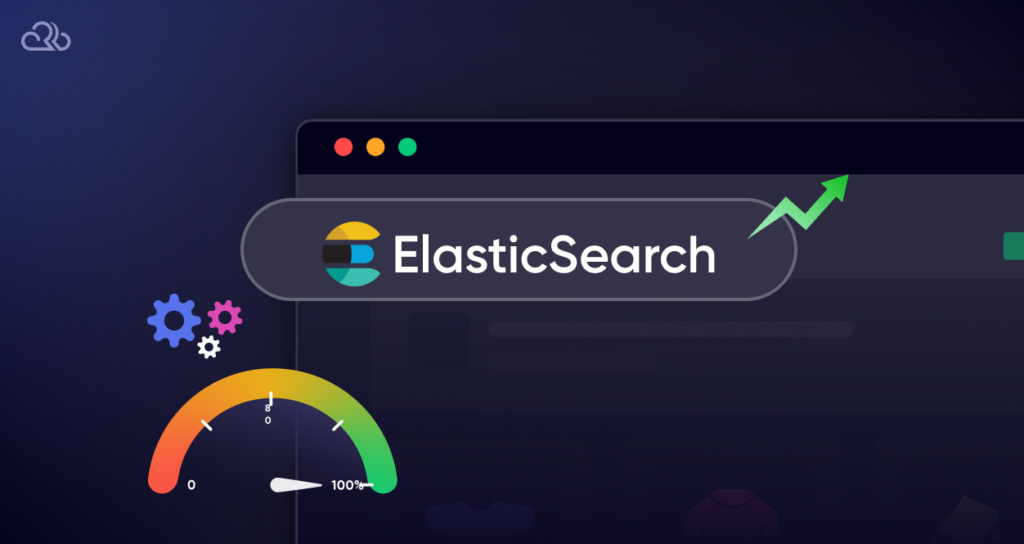
Elasticsearch uses generative AI, specifically Generative AI Retrieval-Augmented Generation (RAG) models that tailor responses to a customer’s preferences and needs to enhance its search capabilities, allowing a more personalized and intuitive buying experience. Elasticsearch uses vector search technology that transforms unstructured data into a numeric format. This allows for faster, more relevant search results when compared with traditional keyword searches. It also utilizes semantic search, identifying the query’s meaning and context. RAG models are a cutting-edge approach in generative AI that enhances the accuracy and reliability of models by incorporating external knowledge sources to improve the relevance of search results by supplementing the original knowledge base with new information from various sources. RAGs should ensure users receive more accurate and more contextually aware responses.
Content Delivery Network (CDN) Integration
A content delivery network (CDN), a network of geographically distributed servers that work in concert to deliver web content to users as quickly and optimally as possible, stores cached copies of content in data centers worldwide. They allow users to access internet content from a server that is physically nearer them. By reducing the distance data and content need to travel, CDNs decrease latency, improving user experiences. They also reduce the stress on origin servers by distributing the traffic load geographically across multiple servers. CDNs play a crucial role in improving website performance. They deliver online content and enhance user experiences by providing faster loading times, reducing bandwidth consumption, and better responding to traffic spikes. The Rapyd hosting service comes with a free CDN.
Efficient Asset Delivery
Efficient asset delivery for websites, the process of optimizing the presentation of digital assets, is another tool that will improve a WooCommerce site’s speed and performance. A digital asset management (DAM) system can help store, organize, manage, and deliver these digital assets to customers. This speeds up delivery and reduces the load on a server. For example, CDNs can distribute assets across multiple servers, compress images and videos to reduce their file size, and cache assets to reduce the number of server requests.
Other Performance Techniques Affecting Speed
According to Queue-it, a tenth of a second improvement in mobile site speed increases retail conversions by 8.4%. Speed is a significant factor for eCommerce sites, impacting user experience, conversion rates, brand loyalty, and search engine rankings. Optimizing website speed is essential for eCommerce businesses to remain competitive and achieve their sales goals.
Lazy loading can also help optimize e-commerce websites. It delays the loading of non-critical resources until the site needs them. Images only upload when required in the user’s viewport. This significantly reduces the initial page load time, particularly with image-rich product pages.
Insight into AJAX for dynamic content without the wait helps optimize the communication path, which can enhance a user’s experience by reducing wait times and improving application responsiveness.
By leveraging techniques such as caching, intelligent caching, asynchronous requests, and traffic management, developers can address challenges related to AJAX-based applications. These strategies help distribute requests efficiently. They prioritize critical requests while also preventing conflicts and managing high request rates. These performance techniques will help WooCommerce sites improve their speed and performance.
Scalability Testing
Stress testing, which involves testing a website’s performance under extreme conditions, is crucial to website maintenance and optimization. Sudden spikes in website traffic could be due to many factors. Regular stress tests can identify any hosting or website weaknesses that impact the all-important user experience. By regularly stress testing a website, e-commerce sites can ensure any unexpected traffic spikes don’t derail business and website scaling goes as planned.
Stress testing is essential for eCommerce sites and other websites that experience planned and unplanned spikes in traffic. By determining the projected number of visits and requests made during busy periods, e-commerce sites can anticipate potential loads and make any necessary improvements to prevent performance issues.
By regularly testing a website’s performance under extreme conditions, e-commerce sites can ensure that their website can handle any expected traffic that comes their way. Armed with this information, a user can make improvements to prevent any issues from occurring because of unexpected high-traffic periods. Regularly scheduled scalability testing should help improve a WooCommerce site’s speed and performance.
Grafana
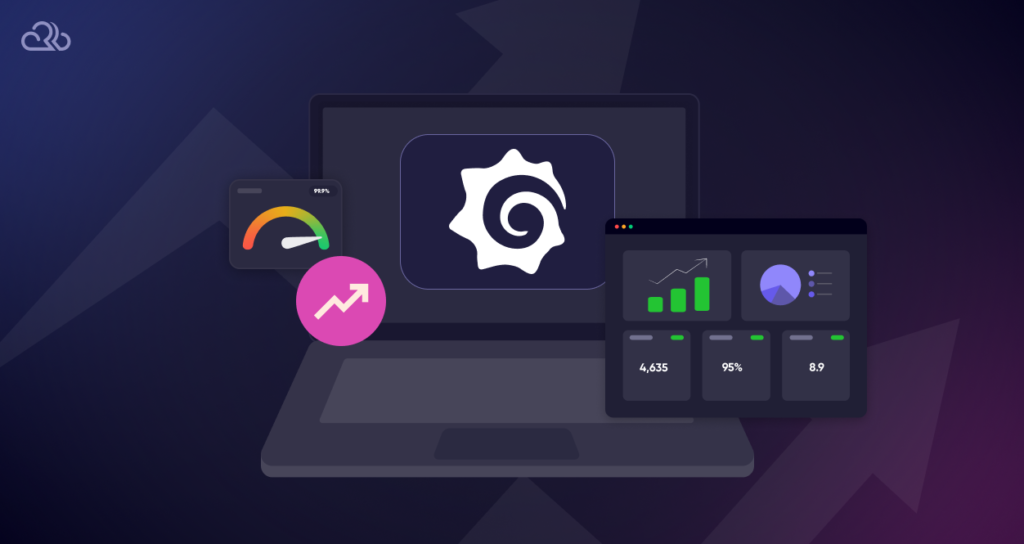
Grafana K6, an open-source load testing tool, makes performance testing easy and productive for engineering teams. Optimized for minimal resource consumption, it runs high-load tests like spike, stress, and soak tests. It supports multiple protocols and has a large extension ecosystem.
WP Performance Tester
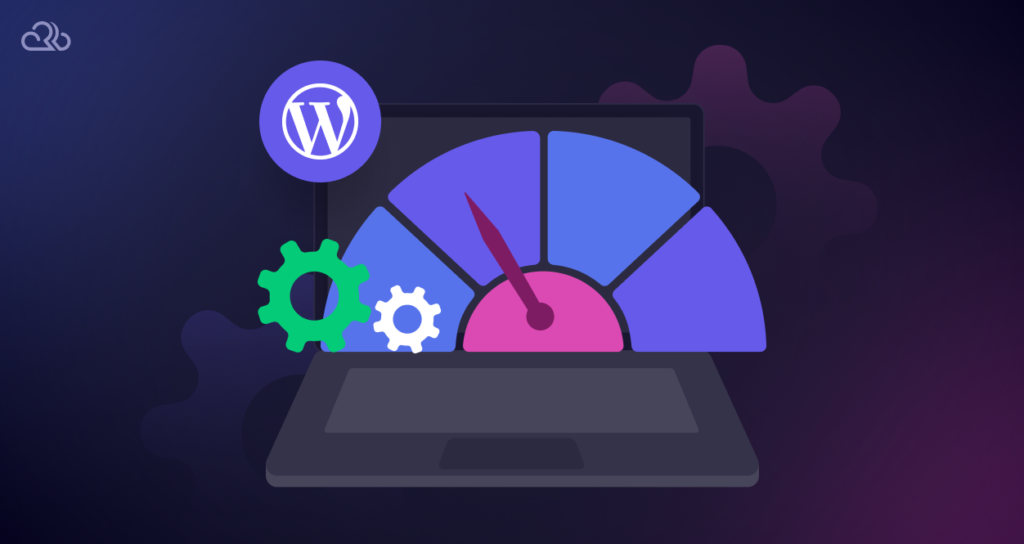
WP Performance Tester measures the speed and efficiency of a WordPress website by running a series of tests, such as the time it takes to generate a page, the number of queries per page, and the database size. The tool can compare the performance of different WordPress installations, identify bottlenecks, and reveal areas for optimization. It can track the performance of a website over time. It is a valuable tool for website owners, developers, and administrators who want to ensure their WordPress sites are running at an optimal performance level.
WordPress Hosting Benchmark
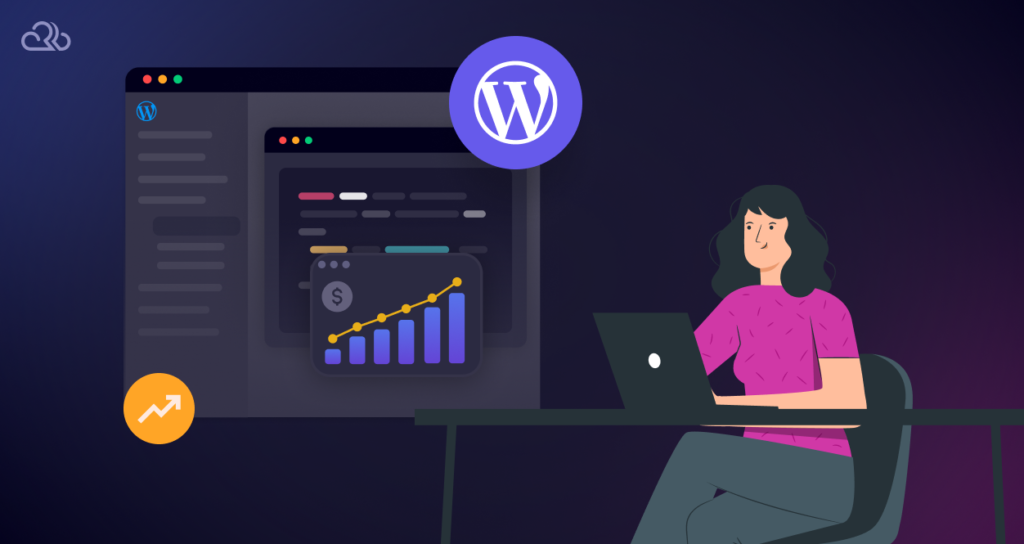
The WordPress Hosting Benchmark performance testing tool measures the performance of different WordPress-specialized hosting services. Originally published in March 2014, the benchmark aimed to perform unbiased, data-driven performance tests to reveal how well a hosting company could handle traffic spikes. The benchmark tests performance on six measurements: price range and plans from different hosting providers, measuring peak performance and consistency over two months. The benchmarks report judges the performance of different WordPress hosting providers, allowing users to choose a web hosting service based on real-world performance information. Benchmarking will also give WooCommerce sites a roadmap that reveals exactly how to improve their speed and performance.
Conclusion
Every customer wants a high-octane shopping experience when purchasing something online. E-commerce purchases are often impulse purchases, and the longer someone has to wait for a webpage to load, the more likely their rational brain overrides their impulse buying.
Implementing lazy loading, leveraging browser caching, using a lightweight WooCommerce theme, minimizing JavaScript and CSS files, optimizing your database, implementing a content delivery network, optimizing your product pages, enabling ElasticSearch, adding a managed WooCommerce hosting solution, and regularly monitoring your site’s speed will go a long way toward optimizing the user experience so you can realistically expect a rise in sales.
Speed is essential for e-commerce sites, impacting the user experience, potential conversion rates, brand loyalty, and search engine rankings. Optimizing a website’s upload and download speed is essential for eCommerce businesses to remain competitive and achieve their sales goals.
Overall, website speed can provide seamless customer experiences, raise conversion rates, foster customer loyalty, and improve search engine visibility in the highly competitive online marketplace. As previously noted, a delay of just one second in a page’s response can result in a 7% decrease in sales, while increasing e-commerce website speed by 0.1 seconds can improve conversion rates by 8.4%. Speed is a critical factor in online shopping, affecting customer satisfaction, sales, brand loyalty, Google search rankings, bounce rates, session depth, shopper experience, and product detail page performance. Improving website speed can increase sales and search rankings, producing happier customers. There is no single way to become a top WooCommerce store, but following the methodologies above should ensure a WooCommerce site improves its speed and performance, which should go a long way to increasing customer satisfaction and loyalty.






